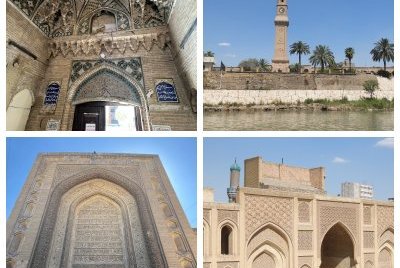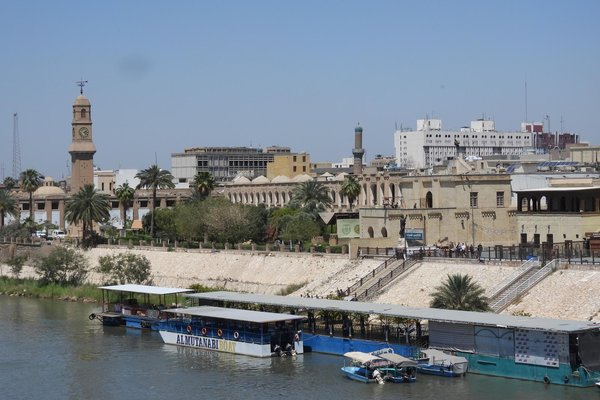Iraq
Baghdad Rusafa
Site Info
Official Information
- Full Name
- Historical Features of the Tigris River in Baghdad Rusafa, which extends from the school Al-Mustansiriya to the Abbasid Palace (ID: 5880)
- Country
- Iraq
- Status
-
On tentative list 2014
Site history
History of Baghdad Rusafa
- 2014: Added to Tentative List
- Added to tentative list
- Type
- Cultural
- Criteria
Links
- UNESCO
- whc.unesco.org
All Links
UNESCO.org
- whc.unesco.org — whc.unesco.org
Community Information
- Community Category
- Urban landscape: Arabic and Middle Eastern
Travel Information
Recent Connections
News
No news.
Community Reviews
Show full reviews
Behind this long site name hides what could be called “Old Baghdad”, the area from which the Abassid Caliphate (762–1258) ruled and where the Ottomans later had their headquarters as well. It is closely tied to its position on the eastern river bank of the Tigris, and the Tentative Description also proposes it as a City of the River, like Paris and Budapest. Baghdad nowadays markets itself as the ‘Capital of Arab Tourism 2025,’ and this is a focus area in the city for tourists. The area has been in a rehabilitation process since 2017 (it had been neglected and damaged in the decades before) and is bustling again. There have been reports about a possible lack of adherence to scientific archaeological standards in the restorations. Still, to me, it felt quite tastefully done (at least more restrained than at other monuments handled during Saddam’s times).
We approached it on foot, crossing the bridge, from where you already have a panoramic view of the area with some tiled minarets and domes standing out. It’s also the location of the old Souk, part of it still in a covered market hall. They sell school supplies, a few souvenirs, there is a Book Street and the famed ‘intellectual’ Shabandar Café, plus a separate Copper Market with craftsmen that have been working there for generations.
The tentative site focuses on the monumental buildings in the area. The first one we entered was Al-Qishleh, a former Ottoman military headquarters. It’s a …
Keep reading 0 comments
